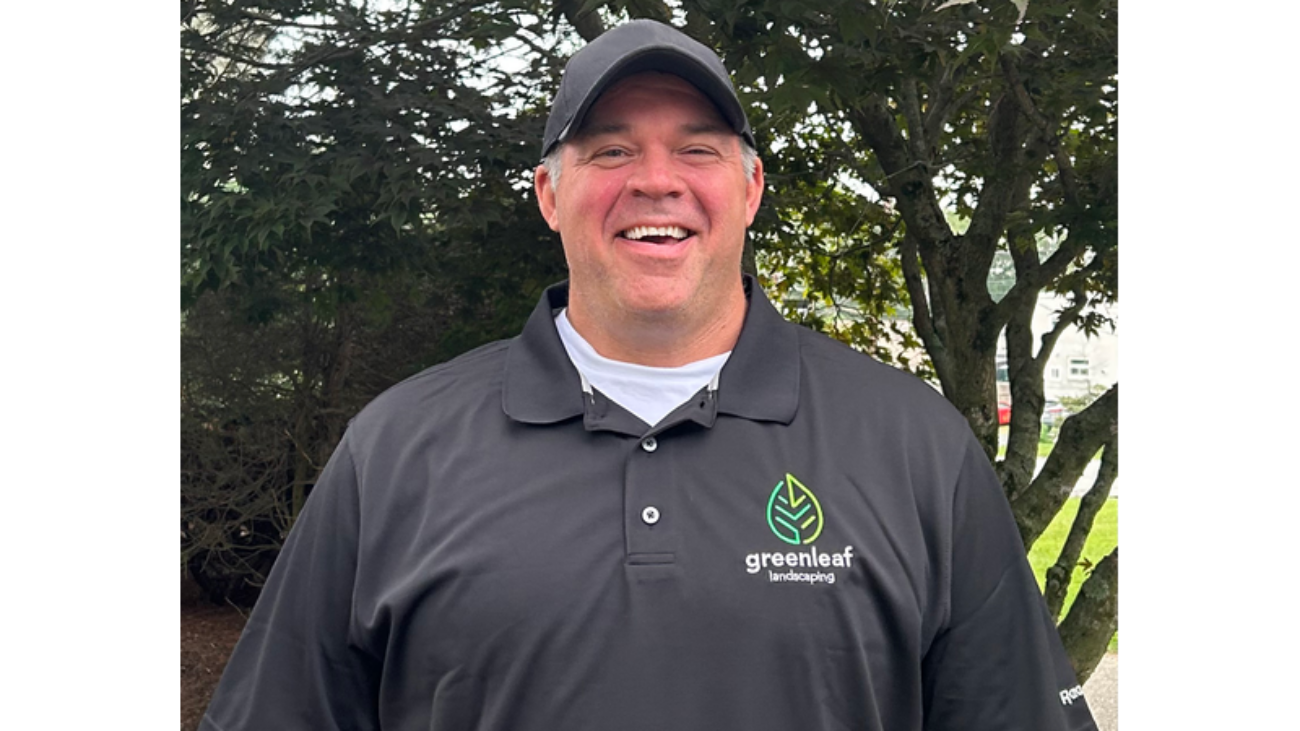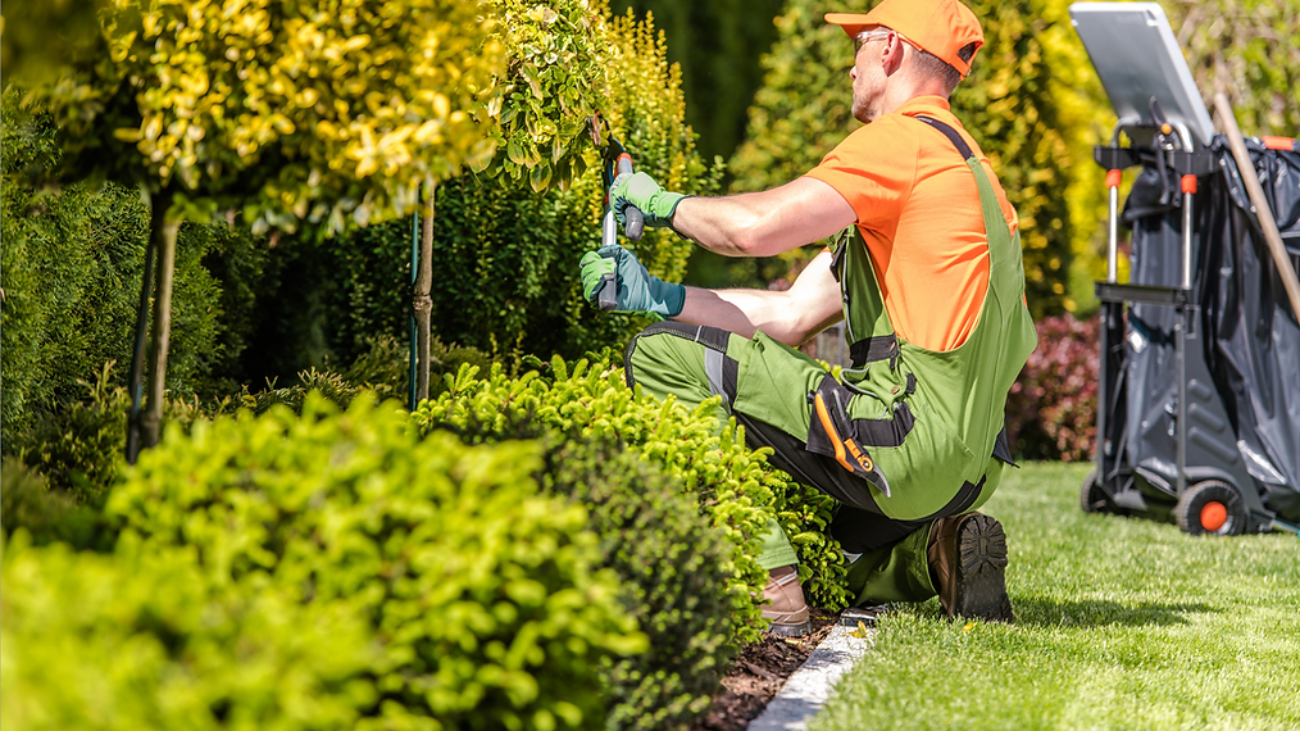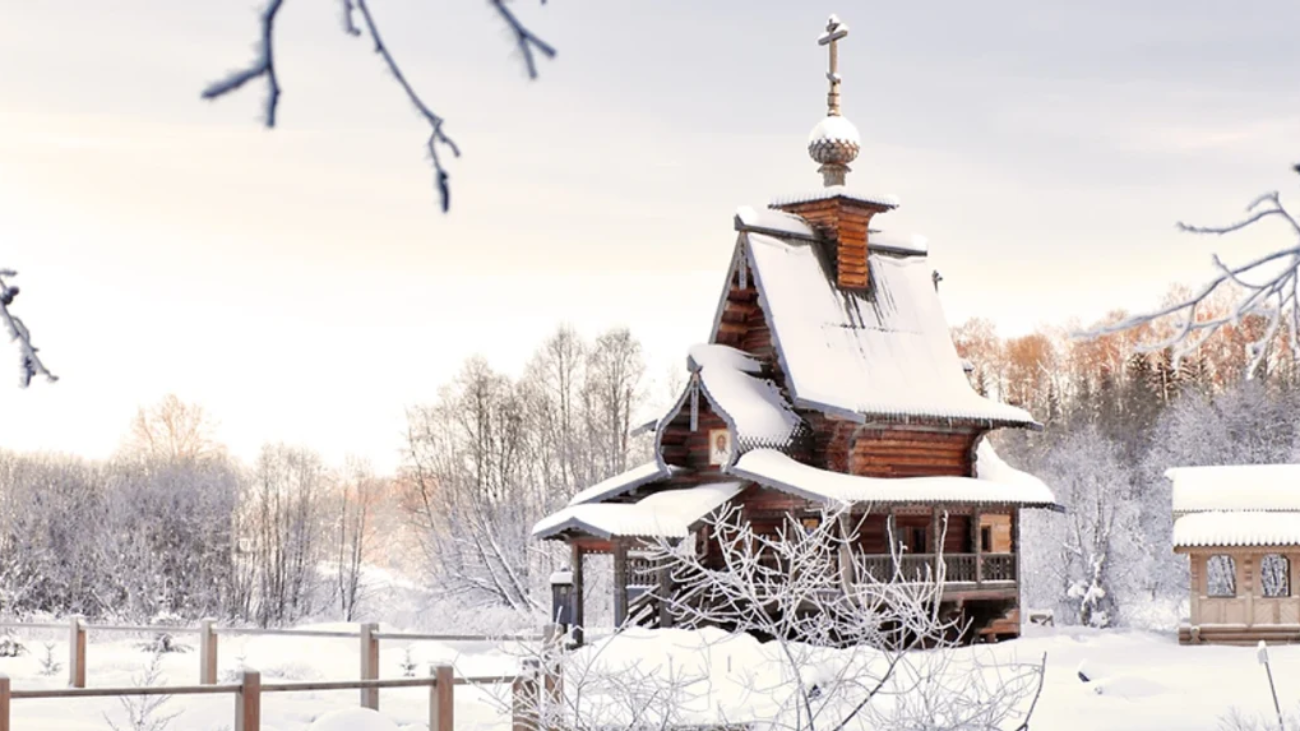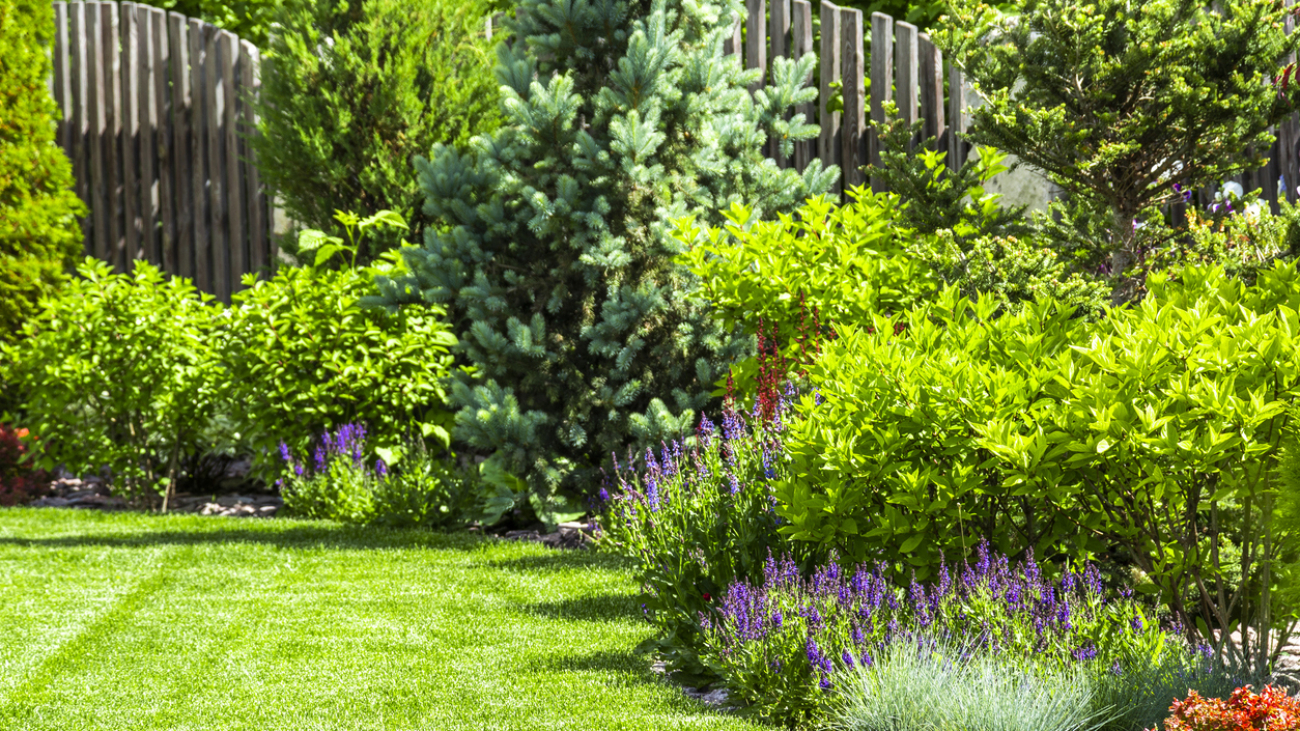“We work with clients to create a customized outdoor living space that fits their lifestyle so they can enjoy quality time with family and friends,” said Chris Hopkins, co-founder of Greenleaf Landscaping. A lifelong MetroWest resident, Hopkins brings his 30 years of experience in the industry to Greenleaf. He started as a boy, gardening alongside his mother in his hometown of Wayland. One of his first jobs was for a friend mowing lawns and spreading mulch. Hopkins eventually started his own business when he bought a truck for plowing and went door to door to sign on 28 clients the first year. Realizing how much he enjoyed working outdoors, he stuck with the career and over time, hired employees, took on a partner, expanded into other facets, and built a successful business.
After his first partner moved on, Hopkins teamed up with Roger Martin to form Greenleaf Landscaping. Hopkins and Martin had first known each other as friends. They share similar interests and values when it comes to business. Roger was working on a home renovation project when he asked Chris to bid on a masonry project and a business relationship was formed. In the spring of 2023, they founded Greenleaf.
Greenleaf offers a broad range of services, from lawn mowing, property maintenance, irrigation, tree work, plant preservation, to snow removal. The company sets itself apart by also performing hardscaping – paver pool decks, stone walls, patios, and walkways. They also build and expand decks and install pergolas and accent lighting – things that really beautify a yard and welcome people to spend time with friends and family. “People have been saying they don’t need to go away to relax or have a good time when they have a nice pool or deck in their backyard,” said Hopkins. “So instead of going on vacations, people are investing in improving their outdoor living space. It’s been a more recent trend.
“Roger’s background in construction is especially helpful with the building aspects of the work and with coordinating the projects from conception to completion. It’s great having a partner to bounce ideas off of and make decisions with.”
Because Greenleaf is a full-service provider for outdoor living spaces, clients don’t have to worry about all the things that need to be coordinated. “For example,” said Hopkins, “before installing the pool deck, outdoor kitchen, or pool house, we start with all the work that can’t be seen such as drainage, electrical, and plumbing. As another example, people will focus on selecting pavers or natural stone they like but we also make sure they have the appropriate base material so the final product lasts for years to come.
“Even for the basic maintenance, having expertise that comes from years in the business provides a real benefit. We make sure their irrigation is adjusted properly for the time of year. We discourage excessive watering through automatic sprinklers, which is especially important in the hot months. Deep root growth is essential for the long-term health of turf and plants. By avoiding frequent, shallow watering, root development increases, and reduces water consumption. In the fall, we provide core aeration to allow water and fertilizer to penetrate and keep the grass healthy.”
As client Jack Fuller of Natick said, “Greenleaf was professional and had great communication throughout the project, and the results speak for themselves! Our landscaping has been the envy of the neighborhood.”
“We really like serving the community,” said Hopkins. “In the past, I’ve had a lot of clients in Ashland, so I know the town very well and enjoy working there.”
To talk with Greenleaf about your landscaping and hardscaping needs, email MyGreenleafLandscaper@gmail.com or call 508-358-4231.
In the Natick Town News







